More than 37,000 Chinese citizens entered the US illegally via its southern border in 2023, hoping to find a better life in America. Many more are following in their footsteps, often with young children in tow. To reach the Land of the Free, they embark on a most treacherous journey: the migrants first need to reach Ecuador, the country closest to the US that would grant Chinese passport holders visa-free entry. From there, they need to cross Colombia, Panama, Costa Rica, Nicaragua, Honduras, Guatemala and Mexico, all illegally, to reach California. In this documentary series, CNA correspondent Wei Du travels the route with the Chinese migrants, and try to understand why they've been driven to such desperation, and if the American Dream is all it's made out to be.
Related Movies
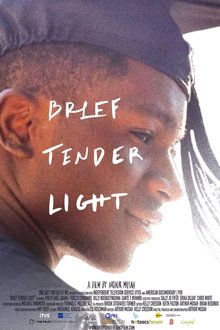
Brief Tender Light (2024)
At America's elite MIT, a Ghanaian alum follows four African students as they strive to graduate and become agents of change for their home countries Nigeria, Rwanda, Tanzania, and Zimbabwe. Over an intimate, nearly decade-long journey, all must decide how much of America to absorb, how much of Africa to hold on to, and how to reconcile teenage ideals with the truths they discover about the world and themselves.
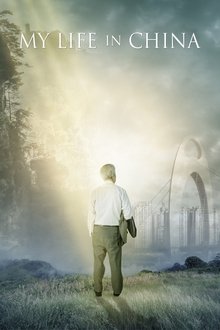
My Life in China (2014)
In America, everyone has a family story of immigration. Every family, at some point, has had somebody leave their native country behind to search for a better life. How did they hold onto their identity? How did they adapt to their new life? Every family has a special story. In my case, it's my Chinese-American story. My father would always tell us his story about walking for 7 days and 6 nights, before swimming for 4 hours to Macau to escape communism in 1966. His story would fall on my deaf ears until I returned to China with him.
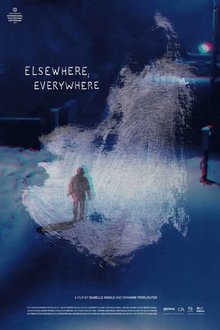
Elsewhere, Everywhere (2021)
A computer screen, images from the four corners of the world. We cross borders in one-click while another trip’s story reach us in bits, through text messages, chats, phone conversations, and an immigration office’s questionnaire. It’s the journey of Shahin, a 20-year-old Iranian boy who, fleeing his country alone, lands in Greece, then winds his way to England where he claims asylum.
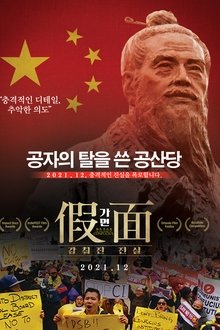
In the Name of Confucius (2017)
One of Canada's top 10 universities and its largest school board found themselves embroiled in a growing global controversy as scholars, parents, and officials question the Confucius Institute program's true purpose.

Children of Islam (2006)
Three boys and three girls. All born in the Middle East now living in Sweden. All with different views of Islam, integration, the World and Sweden. Some follow Sharia. Others fight Islamic roles. One is a hip hopper. The other thinks music is a sin. One thinks that the woman must obey her husband. One fights for women’s liberation. One girl is a boxer. The other is an ordinary worker. Some are closely followed by the Security Police. Children of Islam is a documentary about religion, culture, conflicts and looking for an identity in a changing Sweden.
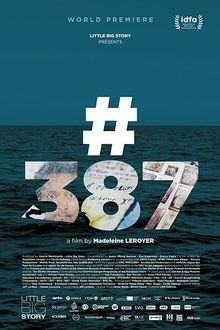
#387 (2019)
This is the story of a Greek physician who collects pendants and bracelets. This is the story of an Italian woman who has been fighting for 15 years to «make bodies talk.» This is the story of those who watch over the forgotten migrants.

Carnations (NaN)
Seven strangers are interviewed to talk about the relationship they have with their mother.
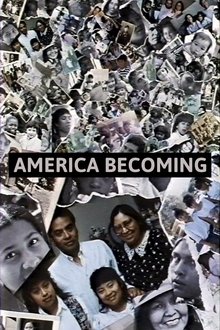
America Becoming (1991)
Looks at the United States as it becomes an increasingly diverse nation. Tracing the history of significant changes in the Immigration and Nationality Act beginning in 1965, this program introduces a dramatic vision of a multi-cultural America where people of color are the new majority. The feelings and stories of ordinary people are featured in everyday context in six cities across the county. Interviews with residents of Chicago, Houston, Philadelphia, Miami and several other places probe the changing relationships between newcomers and established residents.
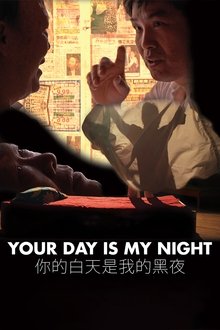
Your Day Is My Night (2014)
Immigrant residents of a “shift-bed” apartment in the heart of New York City’s Chinatown share their stories of personal and political upheaval. As the bed transforms into a stage, the film reveals the collective history of the Chinese in the United States through conversations, autobiographical monologues, and theatrical movement pieces. Shot in the kitchens, bedrooms, wedding halls, cafés, and mahjong parlors of Chinatown, this provocative hybrid documentary addresses issues of privacy, intimacy, and urban life.
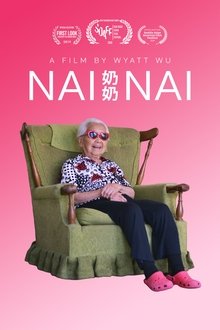
Nai Nai (2018)
Nai Nai follows the story of a Chinese immigrant grandmother, Chu-Ming Wu. Known as “Nai Nai,” Chu-Ming has always been a woman of control. But her grasp of reality and the control of her own mind is slipping away. Told through the lens of her grandson, the film focuses on the joyful, heartbreaking and intimate moments in the last chapters of her life.
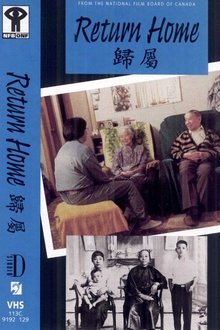
Return Home (1992)
After the near death of her grandfather, Chinese Canadian filmmaker Michelle Wong embarks on a personal journey back home to her small town of St. Paul, Alberta to speak to her grandparents about their journey from China to Canada.
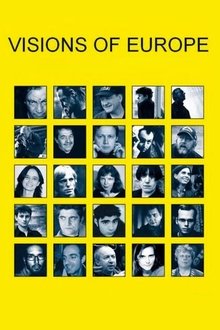
Visions of Europe (2004)
Twenty-five films from twenty-five European countries by twenty-five European directors.
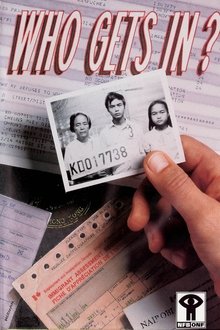
Who Gets In? (1989)
This documentary explores the many questions raised by Canada's immigration policy in the face of one of the world's largest immigration movements. Shot in 1988 in Africa, Canada and Hong Kong, the film reveals first-hand what Canadian immigration officials are looking for in potential new Canadians, and the economic, social and political priorities orienting their choices.
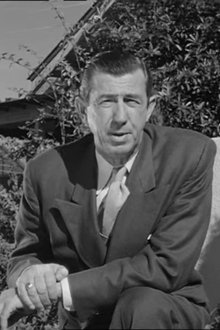
Bring Out a Briton (1957)
‘Bring Out a Briton’ was a short appeal for Australians to help the Immigration Department in its plan to form and assist a ‘Bring Out a Briton’ Committee in each district. It featured popular Australian actor Chips Rafferty as the spokesman for the campaign. Aimed at the Australian public rather than the prospective immigrants it was designed to allay a perceived anxiety amongst the public about non-British European migration.
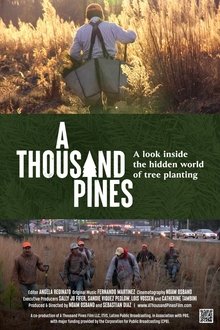
A Thousand Pines (2023)
In this tale of labor and family that shines a light on the precarity of temporary work visas, Raymundo Morales leads a crew of workers who have to make the challenging decision to leave their families in rural Mexico to plant commercial pine forests in the United States.
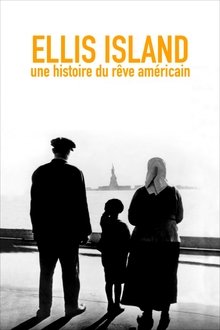
Ellis Island, une histoire du rêve Américain (2014)
In 1892, Ellis Island, in New York Bay, became the main gateway to the United States for immigrants arriving increasingly from Europe. The story of immigration to the United States from 1892 to 1954, an enthralling polyphonic narrative that embraces both small and great history.
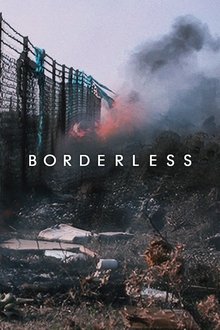
Borderless (2019)
Lauren Southern investigates what is really happening at Europe’s borders. From interviews with human traffickers in Morocco to secret recordings of illegal NGO activity in Greece, Borderless will blow the European Border Crisis wide open.
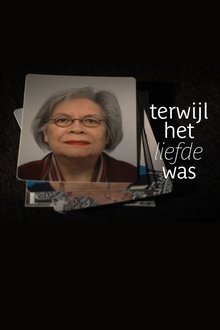
Terwijl het liefde was (2021)
Artistic director of the National Theater Eric de Vroedt writes and directs a performance about his own mother Winnie, who passed away in 2020. This piece, titled The Century of My Mother, is a family story about the migration from the Dutch East Indies to the Netherlands. It is De Vroedt's way of examining the relationship with his mother and not having to say goodbye to her yet: 'I can let her live on stage, but when the curtain falls, when the play is completely finished, then she is really dead'.
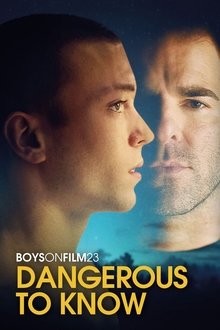
Boys on Film 23: Dangerous to Know (2023)
Boys on Film presents ten encounters from across the globe, where the dangerous allure of a risky attraction yields emotional results — proving that the age-old adage of taking the plunge is as relevant — and sexy — as ever before. The 10 short films are: My Uncle's Friend [O Amigo do Meu Tio] (2021); Budapest, Closed City [Budapest, zárt város] (2021); Eden (2020); Chaperone (2022); Break Me [Knus meg] (2018); By His Will [שעשני כרצונו] (2021); Red Ants Bite (2019); Jim (2022); Hornbeam (2022); Too Rough (2022).
